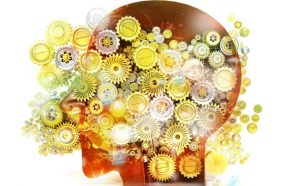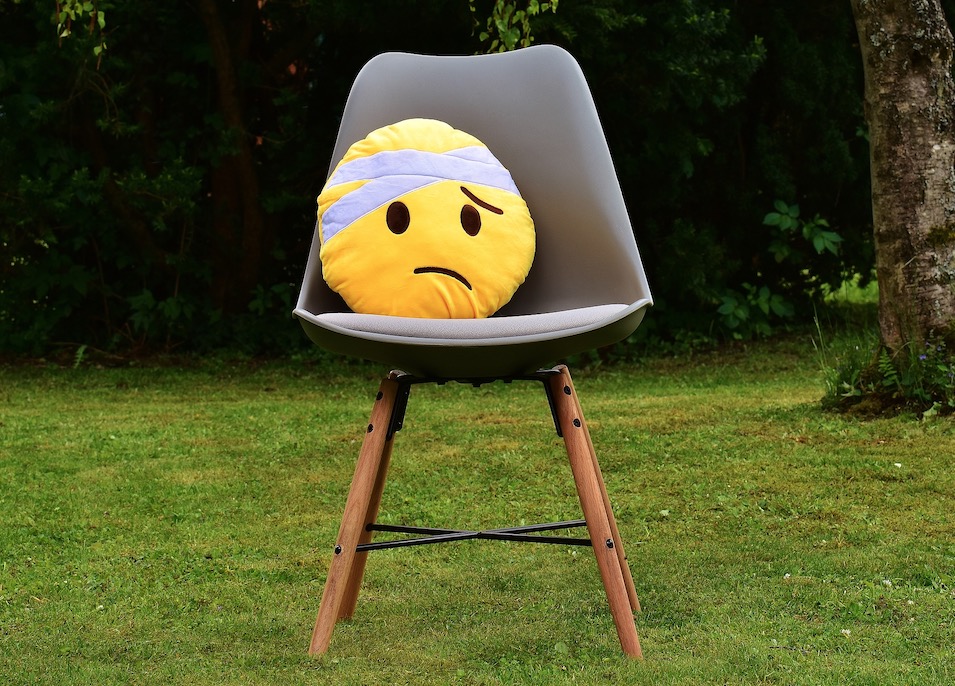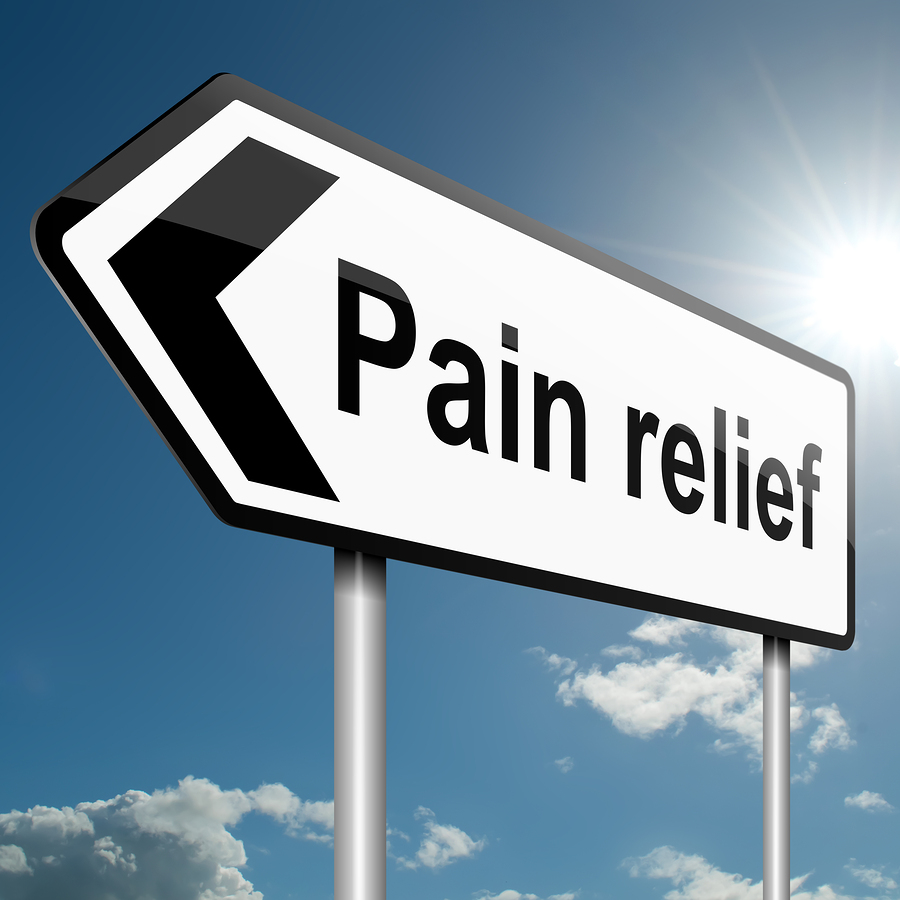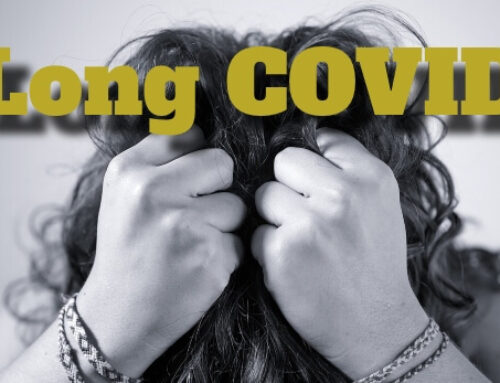Project Description
On the Way to Pain Relief
Defining pain
The International Association for the study of pain (IASP) defines pain as: how do you deal with pain
“…an unpleasant sensory and emotional experience associated with the actual or potential tissue damage, or described in terms of such damage…”
Pain is subjective
Pain is a very individual feeling and the extent and experience of that feeling is influenced by culture, mood, beliefs and one’s personal ability to cope. The same variability applies to pain medications.
Impact on life
Pain has an enormous impact on people’s lives. For this reason it has been defined by some as the “fifth vital sign”. The correct assessment and management of pain can relevantly improve a person’s quality of life.
Acute versus chronic
Pain is defined as acute when it has been present for less than three months; after this, it is defined as chronic. Chronic pain usually persists beyond the time of healing, it might not be linked to a clear identifiable cause and its management can, at times, be very challenging. However, acute and chronic pain should be seen as a continuum rather than two separate and distinct entities.
how do you deal with pain
Pain assessment
It is important that you talk to your Doctor about your pain, and the assessment of the severity and nature of your symptoms will determine the best treatment options. how do you deal with pain
Your history and examination will help understand the cause of your pain. The severity of pain can be measured through different scales which include:
- numerical rating scales (usually a 0 to 10 scale is applied, where 0 is no pain and 10 is severe pain) how do you deal with pain
- a verbal rating scale with a simple “mild, moderate, servere” subdivision
- pictorial scales using images to illustrate the level of pain how do you deal with pain
The scales are sometimes not sufficient, and further factors may be taken in consideration to provide a “multidimensional” evaluation of pain. For example, some individuals such as people affected by dementia, have difficulties in expressing their level of pain so factors such as vocalisation (groaning, crying, etc), facial expression, body language (fidgeting, rocking, etc) and behavioural or physical changes are taken in consideration. In these cases alternative scales such as the Abbey pain scale or the DisDAT scale are used. how do you deal with pain
If you have been previously assessed for pain, it is important you show that evaluation to your Doctor as previous assessments will help guide current treatments. how do you deal with pain

Medication for pain how do you deal with pain
An analgesic ladder is usually used by Doctors to decide the best medication; in addition to these, adjuvant therapies, such as physiotherapy, acupuncture or transcutaneous electrical stimulation (TENS), can be added in every step of the analgesic ladder.
The analgesic ladder is a concept that was first introduced by the World Health Organisation (WHO) in the 1960s, for the treatment of cancer patients. However, it is now widely used for all forms of pain.
The analgesic ladder is a stepwise approach to the treatment of pain.
The very first step of the analgesic ladder includes medications such as paracetamol and NSAIDs, many of which are available off the counter. However mild, these medications should always be taken under the supervision of a Doctor as they can have relevant side effects and should not be taken if you are or have been affected by conditions such as a gastro-intestinal ulcer, renal impairment, vascular diseases, heart failure, heamophilia or other conditions increasing the risk of bleeding and AERD (aspirin exacerbated respiratory disease)
Moving up the ladder involves the introduction of increasingly stronger medications containing opioids. While very effective, opioids cause addiction and they have important side effects (most commonly nausea and sedation on the central nervous system), and can easily reach levels of toxicity; for this reason they are prescribed under strict supervision.
The last step of the analgesic ladder involves more permanent and radical procedures such as nerve block, epidural, PCA pump or spinal stimulators. These are usually applied in cases of long lasting, chronic pain.
When deciding for your treatment, the Doctor will also need to consider any analgesia you are already taking or have taken in the past, whether you have any allergies and whether your kidneys work properly.
how do you deal with pain
Adjuvants
An adjuvant can be added to any step of the analgesic ladder. Commonly used adjuvants include: how do you deal with pain
Counselling Pain often comes along with feelings of sadness, hopelessness, anger and even despair. Pain can lower the quality of sleep and change your personality, interfering with your work and social life. The onset of depression, anxiety and stress also contribute in making pain worst. Psychological treatment can treat your pain directly and reduce the stress levels that increase the feeling of pain. A large part of the psychological treatment of pain directly reduces the high levels of stress that aggravates pain and by helping you cope with the problems associated to pain. There are also groundbreaking and very promising new therapies such as EMDR that psychologists use to directly reduce chronic pain. Counselling is therefore a safe, non-drug method that can help you deal with your pain.
- Physiotherapy – Although a period of rest can help diminish pain, a lack of movement and exercise can actually increase pain as well as put you at risk of injuries. Physical therapy uses special techniques that help relieve pain through the improvement of movement and function due to an injury or disability. Physiotherapists can also help establish a personalised exercise plan for you, where stretching, strengthening and moving will help improve muscle tone, strength and flexibility. Some forms of exercise also cause the release of endorphins, which are natural painkillers.
- TENS – Transcutaneous electrical nerve stimulation therapy, or TENS uses electrical stimulation to reduce pain. The low-voltage current, which is passed through electrodes applied on the skin, stimulates the nerves in the area affected by pain. These signals “confuse” the normal pain signals sent to the brain from that area and can effectively mask the pain. While TENS can be effective in conditions such as periferal diabetic neuropathy, it does not work on all forms of chronic pain.
- Mind-body therapies – these treatments consist on training the mind in affecting the functions and symptoms of the body. The techniques, which can alleviate discomfort associated to chronic pain, include biofeedback, meditation, relaxation techniques and hypnosis.
- Alternative therapies – the application of acupuncture, reiki, chiropractics, osteopathy, herbal medicine and mind-body therapies have gained in popularity in the last 10 years. However, more scientific evidence supporting most of these therapies is still required. how do you deal with pain
- Acupuncture – the painkiller action obtained by acupuncture is thought to be due to the fact that it increases the release of endorphins, which are the chemicals that block pain. Many acupuncture points are near nerves and the stimulation of these points sends a message back to the central nervous system which answers by releasing endorphins that block further messages from being sent back to the brain. Acupuncture seems to be a very useful accompanying treatment for many pain-inducing conditions such as menstrual pain, headaches, low back pain, carpal tunnel, tennis elbow, fubromyalgia, arthritis, neuritis, muscular pain. Many pain management programs today include acupuncture as part of their treatment plans.
- Pharmacological adjuvants – these will vary according to the cause and/or nature of the pain and can include antidepressants, glucocorticoids, anticonvulsants and other medicines.
- Surgery
- Radiotherapy how do you deal with pain
Trigger point injection
This is a procedure which aims at treating muscular pain through areas were the muscle forms painful knots called trigger points. A local anaesthetic or sterile water is injected in the trigger point with a small needle; with the injection the trigger point is inactivated and consequently, the pain is reduced.
Usually, a brief course of treatment will result in sustained relief. This approach is used to treat muscle pain in the limbs, lower back, and neck as well as in the treament of fibromyalgia, tension headaches, and myofascial pain syndrome that is not responding to other treatment.
Botox
Botox can also be injected to alleviate chronic migraine headaches . The toxin blocks signals from nerves the muscles. Multiple injections around the head and neck are carried our every 12 weeks and can alleviate the pain for up to three months. how do you deal with pain
Dietary Approach
During the last years, nutrition has been gathering a more and more of a central spot in the treatment of various diseases and conditions. Recent studies have reported that changing dietary intake of fat, inflammatory foods and/or eating foods that contain anti-inflammatory substances can result in a reduction in inflammatory-induced pain.
Recent studies have reported that changing dietary intake of fat, inflammatory foods and/or eating foods that contain anti-inflammatory substances can result in a reduction in inflammatory-induced pain.
A combination of dietary changes and increased physical activity have, for example, been shown to be effective in reducing pain in people suffering from osteoarthritis.
These promising results call for more research to determine the effectiveness of dietary modifications as a means for pain treatment.
Some nutritional supplements have also been foud to be effective. For example, chondroitin sulfate and glucosamine sulfate seem to successfully reduce pain and increased mobility in patients affected by osteoarthritis.
Fish oils, other dietary supplements and herbs such as cat’s claw, white willow bark, devil’s claw, turmeric and ginger, have also shown to be beneficial, however, further research is necessary.
Herbal preparations should always be taken under medical control as some herbs can interact with other drugs you might be taking.
Get Support
If you are suffering from pain, talk to your Doctor and get some advice. You can be referred to a pain specialist, a pain clinic, an acupuncturist or to a specialist Doctor who can help you deal with the specific cause of your pain.
There also are many self-help advice groups and organisations supporting people living with long-term pain, such as:
how do you deal with pain
You Might Find These Home Visiting Services Useful… |
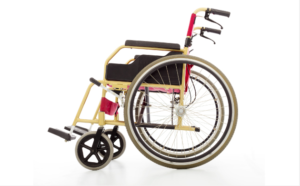
Physiotherapy
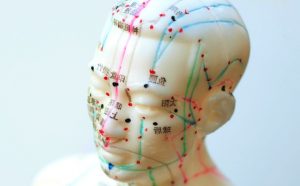
Acupuncture
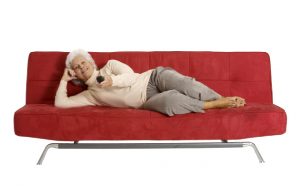
Elderly Medicine
